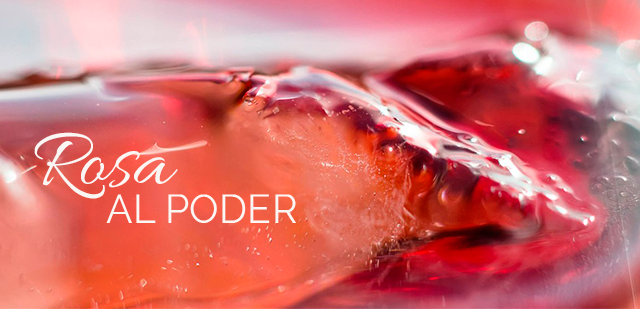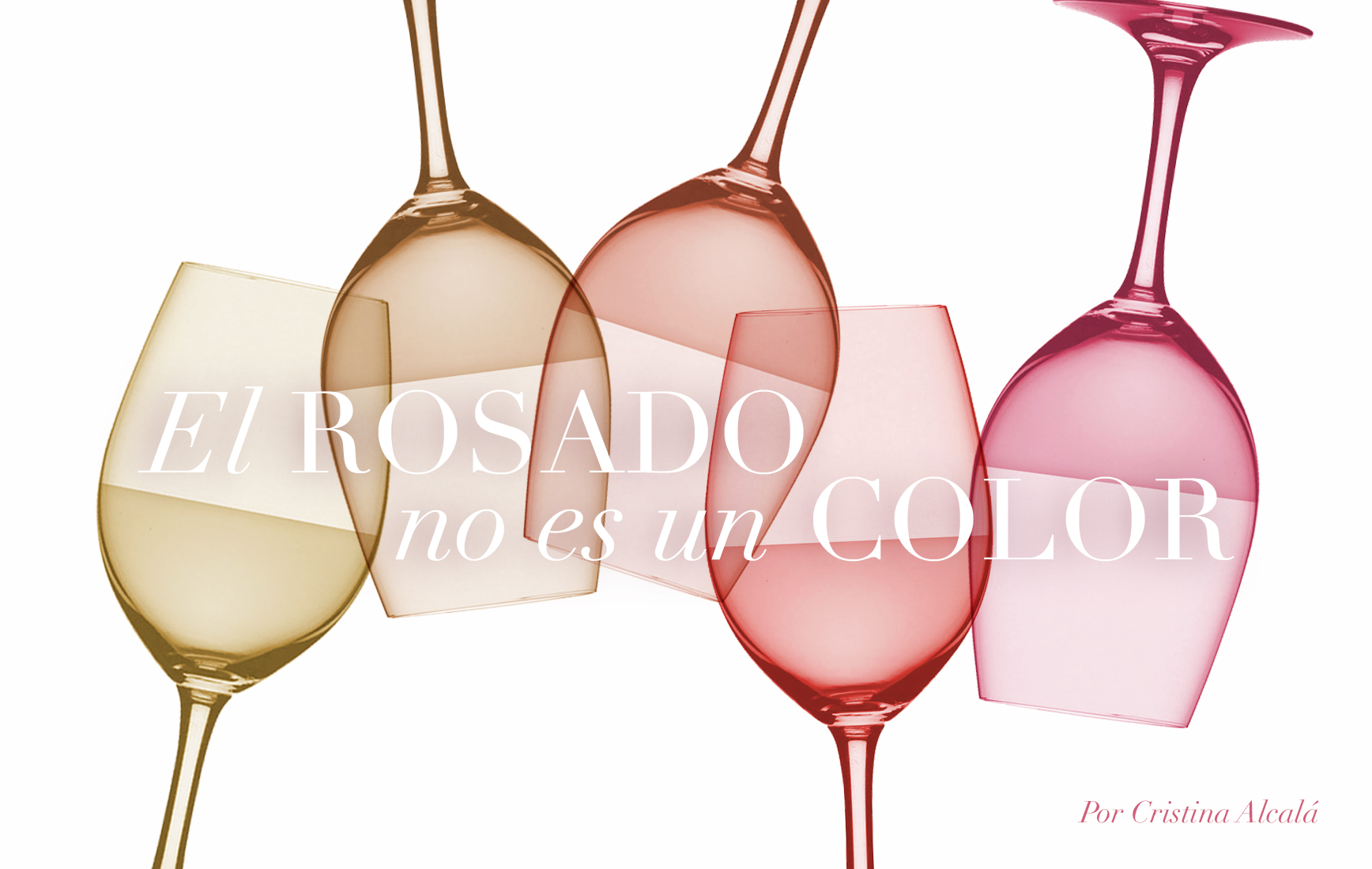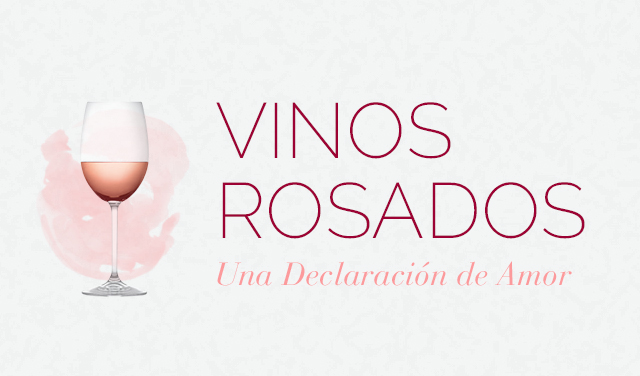Pink Power

Fuchsia dress, cherry pink nails and raspberry heels. A radiant glass, a bottle in a clear ice bucket, chill out music, white leather sofas. The setting of a sunset party at one of Barcelona's chicest rooftop terraces. But we could just as easily be on the French Riviera, in New York or on a Mediterranean island. Rosé is the new white when it comes to drinkability, food pairing versatility and desirability. Gone are the intense rosés that tried to mimic the aging of a red. These days we prefer them fresh and light, savoring their full fruit flavor. Now comes the moment of truth: You're having an aperitif with friends. Would you order a rosé? It is no longer trendy, but cool, which is why in France, the UK and the US, rosé consumption is on the rise. At this time, Spain ranks fourth in terms of consumption. Rosé has gone from ugly duckling to the most glamorous swan at the winery.
Color isn't the only thing that characterizes a rosé. The wines' aromas are reminiscent of red fruit, from wild berries (raspberries, blackberries) to farmed fruit (cherries, strawberries). They often have vegetative undertones, hints of citrus, and lavender or violets adding a floral nuance. The encounter of crisp acidity and cheerful bubbles will bring a smile to the face of anyone enjoying Estelado, a Chilean sparkling rosé. Then there is the Mediterranean style of the attractively pale Viña Esmeralda Rosé.
A fine rosé has always been the pride of great champagne houses, and now it's our turn to do the same. What is undeniable is that rosé, long limited to an aperitif, is now on top. Dalí already made it fashionable at his parties in Port Lligat.
The different hues depend on the variety and winemaking style. Salmon-colored hints point to a more mature rosé, whereas orange indicates a wine past its prime, the victim of oxidation. The wine's intensity depends on the length of skin contact. Still rosés are gracing our tables once again. Years ago they were seen as little more than a compromise: “you're ordering meat, and I'm ordering fish so let's have a rosé.” Remember, these wines can be made from white or red varieties; what “should not be done” is blending the base wines. The color stops short of red due to the 24 to 48 hours of anthocyanin contact. This is the compound responsible for a grape's pigment.
The wines are best served at 10 to 12 degrees Celsius, when they are most enjoyable and refreshing. They go well with smoked salmon, tuna, goat cheese, adding a light, spicy touch... These wines are very versatile thanks to their savvy acidity, light body and irresistibly refreshing aromas. They also make a great match for slightly spicy foods, pasta or rice dishes.
But a rose has its thorns... Some still believe it is a wine designed for women. An indecisive wine, which doesn't know what it wants to be: white or red. Some can't shake the feeling that it isn't on a par with high-quality products. Rosé is not an inferior wine; it is simply an alternative, a different kind of drink with an infinite array of seductive aromas. Some people believe that life is about perspective. Having a rosy outlook and drinking it all in can be incredibly gratifying. More so than ever before, pink drinks are in this summer.
Meritxell Falgueras


